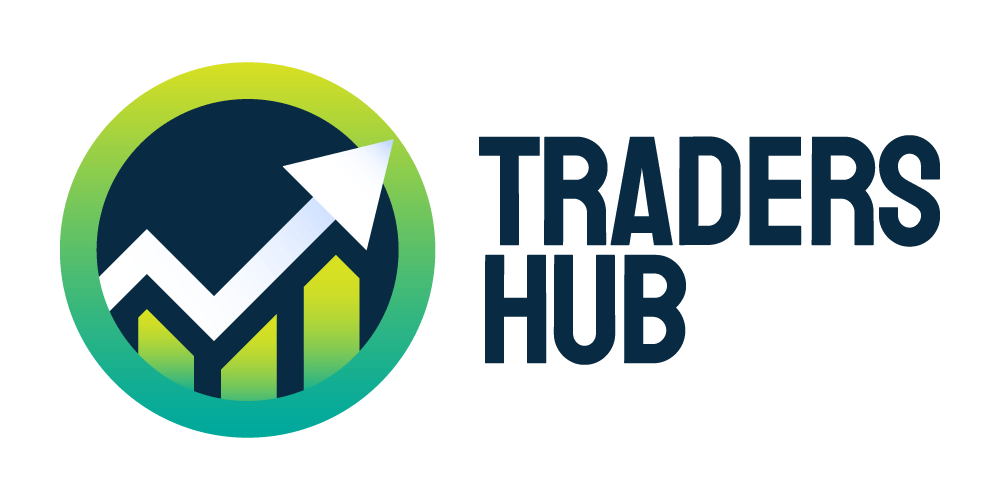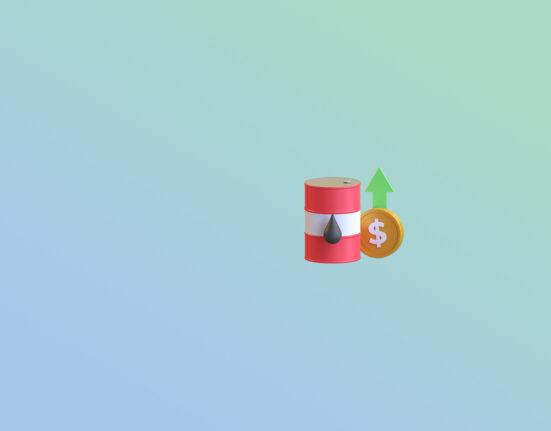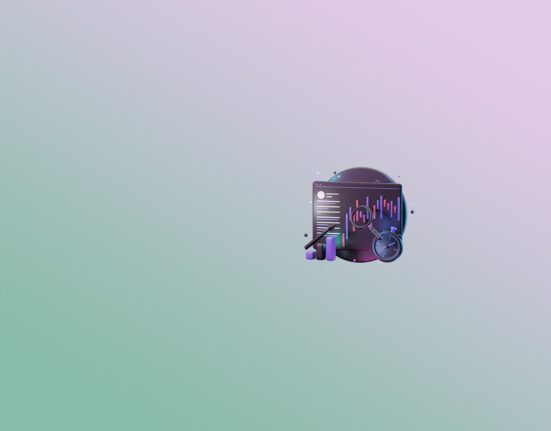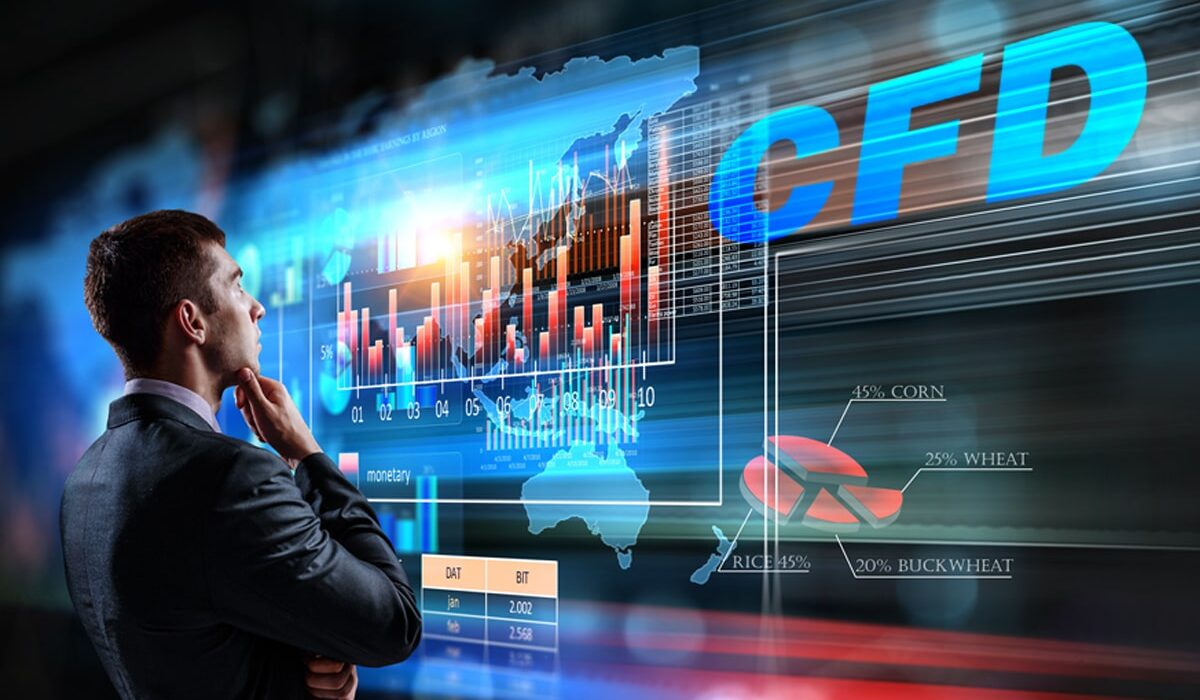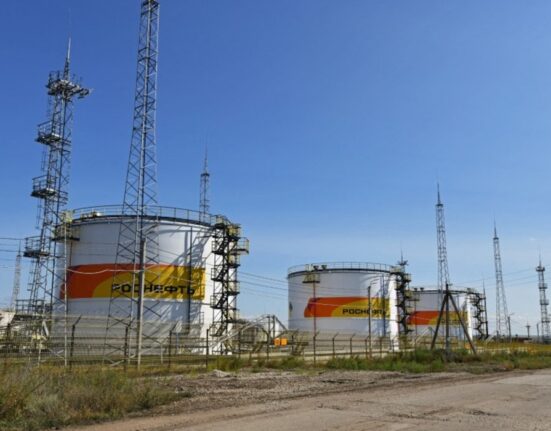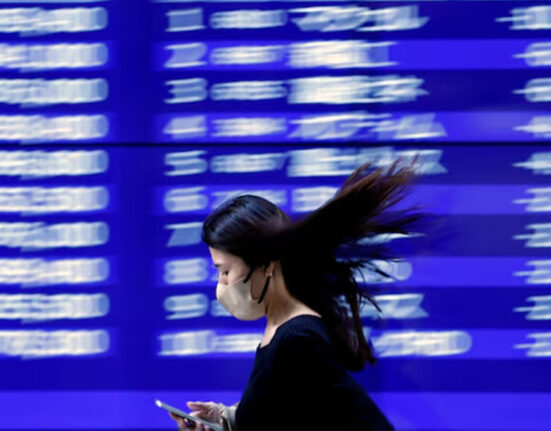Trading in contracts for difference (CFD) has played a big role in the financial markets for a while now. These sophisticated financial products give traders access to a wide range of markets, from equities and commodities to indices and cryptocurrencies, allowing them to bet on price swings without owning the underlying asset.
CFD trading is not static, though, much like every other area of the financial world. We are currently witnessing what may be called “CFD Trading 2.0” due to changes in the regulatory landscape and technological improvements. The incorporation of cutting-edge technologies supports this iteration’s focus on greater transparency, a better user experience, and improved risk management.
Greater Regulatory Oversight and Transparency
A major element in CFD Trading 2.0 is increased transparency. Global regulatory organizations are tightening regulations to guarantee transparent pricing and that traders are aware of the hazards involved. This entails stronger risk disclosures, better reporting standards, and more information about trading costs, all of which can aid traders in making more educated choices.
Modern Risk Management Resources
Additionally, CFD Trading 2.0 highlights cutting-edge risk management features. Take profit and stop loss orders, which automatically terminate positions when predetermined price levels are achieved, are now commonplace features. Furthermore, certain platforms now have guaranteed stop loss orders, which guarantee that trades will be terminated at the precise price requested, independent of market volatility.
The Future of CFD Trading
The next stage in the development of trading in derivatives is represented by CFD Trading 2.0. With its emphasis on transparency, a better user experience, and risk management, supported by cutting-edge technology, it is poised to increase traders’ access to and efficiency in the world of financial markets. It’s an obvious illustration of how innovation and regulation may combine to improve the trading environment.
